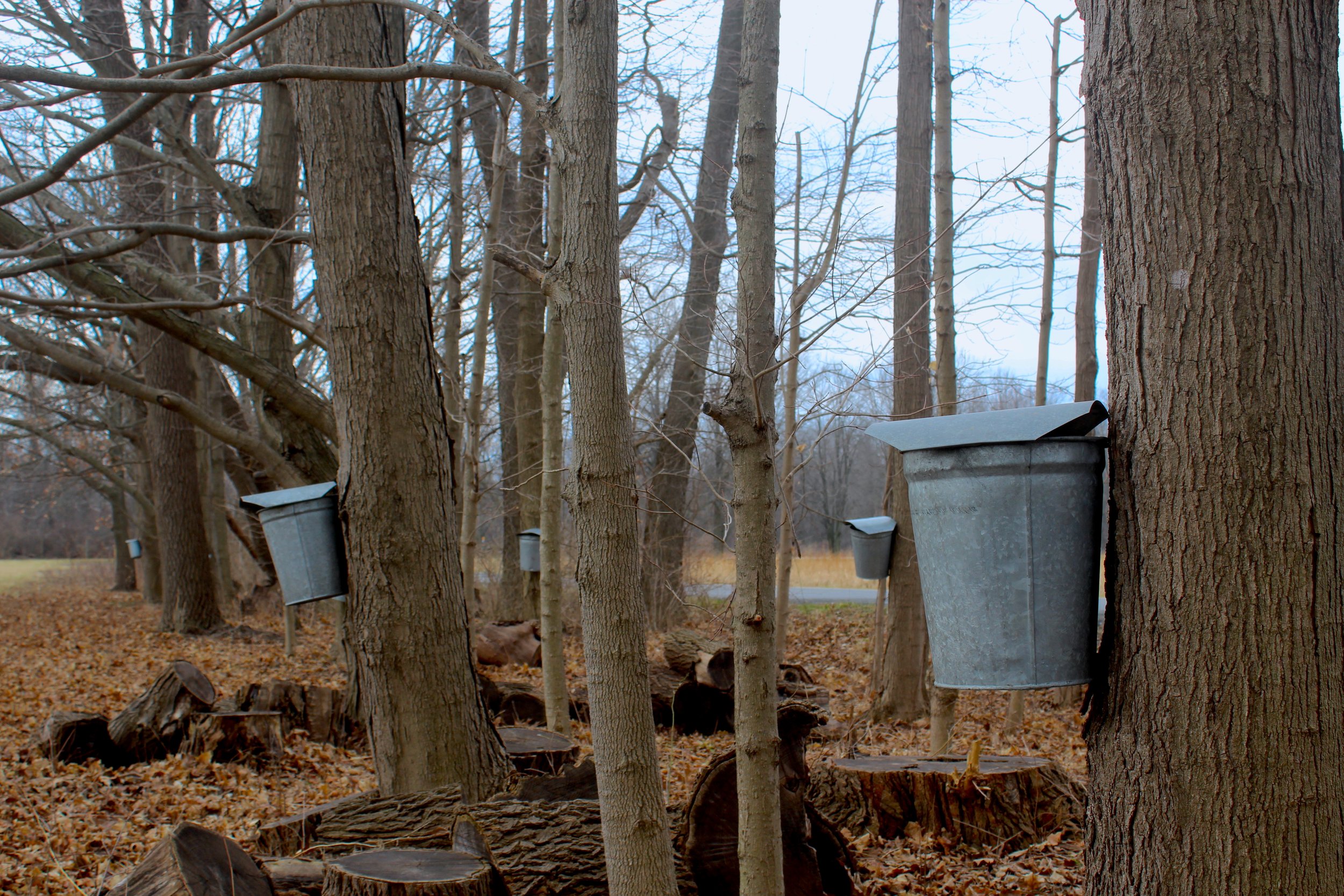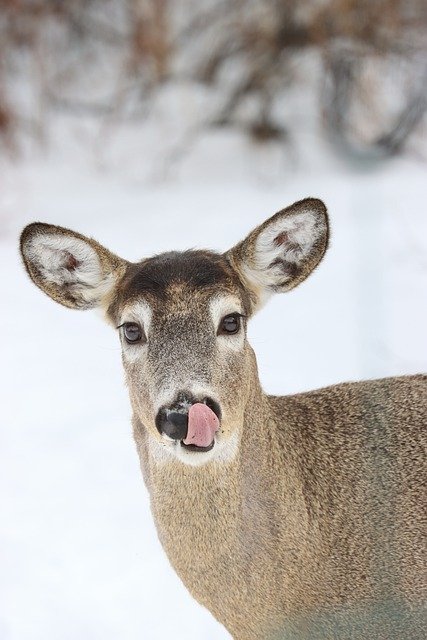Photoperiodism
/Young leaves blooming on a ginkgo tree in early spring (Photo credit: Margo Taylor)
The seasons come and go every year. The continual shift from spring to summer to fall to winter and then back to the beginning. But as most of us have experienced, we often get a “false spring”. Every year, we get a few days that are warm like springtime when it should feel cold like winter, and then days later we get hit with more winter weather. But during this stretch of warmth, how do plants and animals know that this is only a “false spring” and there is more winter weather to come? Many plants and animals use a mechanism called photoperiodism, which is a response triggered by changes in the length of daylight in a day. This response often comes with the changing of seasons and cues seasonal actions.
Many plants use photoperiodism to regulate one or several of their functions. These functions include reproduction, flowering, leaf production, and dormancy. Photoperiodism is especially evident with deciduous trees. Deciduous trees lose their leaves in the fall and become dormant before growing leaves again in the spring. But how do they know the right time to start growing? Trees do not want to start growing too early and experience damage due to the cold, but they also do not want to start growing too late and miss out on vital sunlight. To address this issue, trees use photoperiodism. There are special receptors called photochromes in the bark of trees that measure the amount of light it receives during the day. These photochromes help the tree recognize the signs of “false spring” and wait until the arrival of “true spring” to begin growing.
buck with antlers (Photo credit: Wikipedia)
antler shed from a white tailed deer (Photo credit: northamericanwhitetail.com)
Animals can also use photoperiodism! Indiana’s largest resident mammal, the white-tailed deer, is one example. Every spring, male bucks will shed their antlers. Antlers are used to signify breeding status, attract potential mates, and also help the buck defend its territory. Antlers stop growing after a certain amount of time, but shedding antlers allows a buck to grow bigger antlers than before. This process is dependent on photoperiodism because light directly influences the hormones that cause the shedding and regrowth of antlers.
These are just a few of the many organisms that use photoperiodism to respond to the changing of the seasons. Other environmental factors may influence an organism's activities, but the use of photoperiodism is an important tool for plants and animals so they are not fooled by a “false spring”.
Margo Taylor
1st Year Environmental Educator Fellow





















